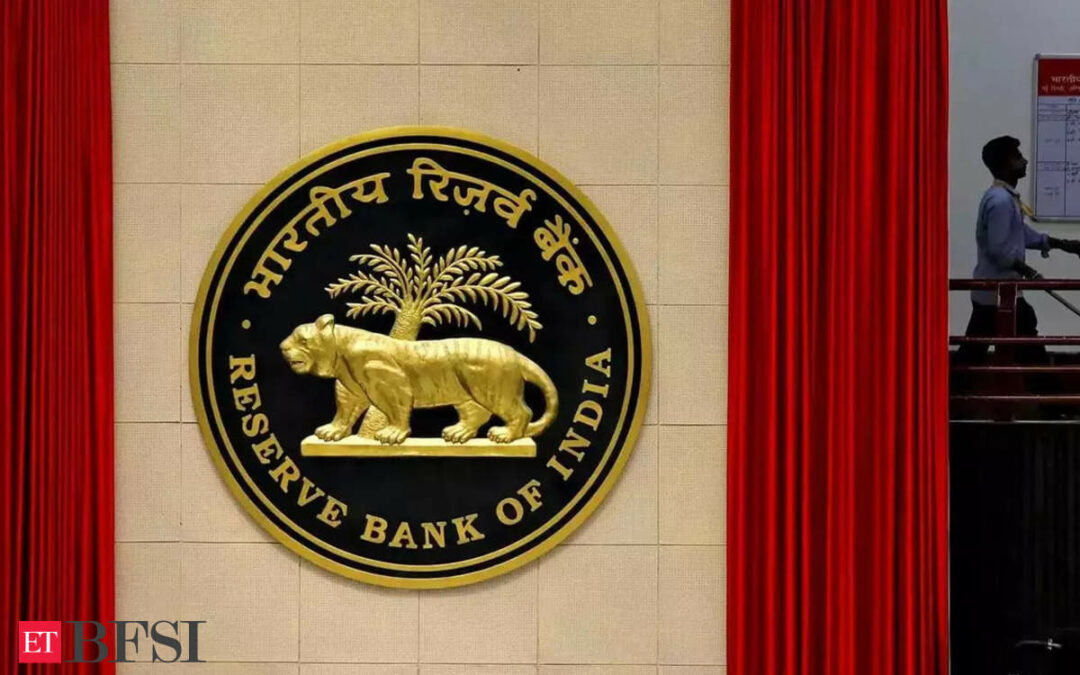Mumbai: The Reserve Bank of India (RBI) is said to have turned down a request from HDFC Bank to permit classification of securities worth more than ₹1 lakh crore issued by the erstwhile HDFC Ltd as infrastructure bonds. This would have given regulatory leeway to the country’s largest private bank.
“The RBI has communicated to HDFC Bank that there is a technical hurdle in giving the infrastructure tag to bonds issued by the former HDFC Ltd because those were issued by an NBFC (non-banking finance company) and norms for treatment of bonds are different for banks and NBFCs,” a person close to the development told ET.
The RBI and HDFC Bank didn’t respond to queries.
HDFC Ltd had issued the aforementioned bonds before the merger with HDFC Bank, which was effective July 2023. In the middle of last year, HDFC Bank sought Reserve Bank’s permission to classify the debt with maturities between seven and 10 years as infrastructure bonds.
HDFC Ltd had about ₹1.20 lakh crore of bonds classified as infrastructure finance instruments. An infrastructure tag would give HDFC Bank relief on the cash reserve ratio (CRR) and statutory liquidity ratio (SLR) requirements against such debt.
RBI Norms
According to RBI norms, funds raised through long-term bonds by banks for investment in infrastructure and affordable housing are exempt from SLR and CRR requirements.
SLR, which represents the portion of deposits that banks must compulsorily park in highly liquid assets including government bonds, is currently at 18% while CRR is at 4.5% of deposits.
“The RBI has clear norms for treatment of bonds issued by NBFCs and banks. Those issued by the former are secured while those issued by the latter are unsecured,” said another person. “While insurance companies have been given some leeway for a portion of their investments in HDFC Ltd bonds, banks and other investors will have to treat it differently.”
In August 2023, the Insurance and Development Authority of India (IRDAI) said HDFC Ltd bonds owned by insurance companies as of April 4, 2022, could be categorised as “housing and infrastructure” debt until maturity. This refers to the date on which the merger between HDFC Ltd and HDFC Bank was announced.
IRDAI’s move was significant for insurers from the perspective of managing permitted investment limits. This is because, after the merger, what counted as infrastructure exposure to HDFC Ltd bonds would be considered BFSI (banking, financial services and insurance) exposure to HDFC Bank.











